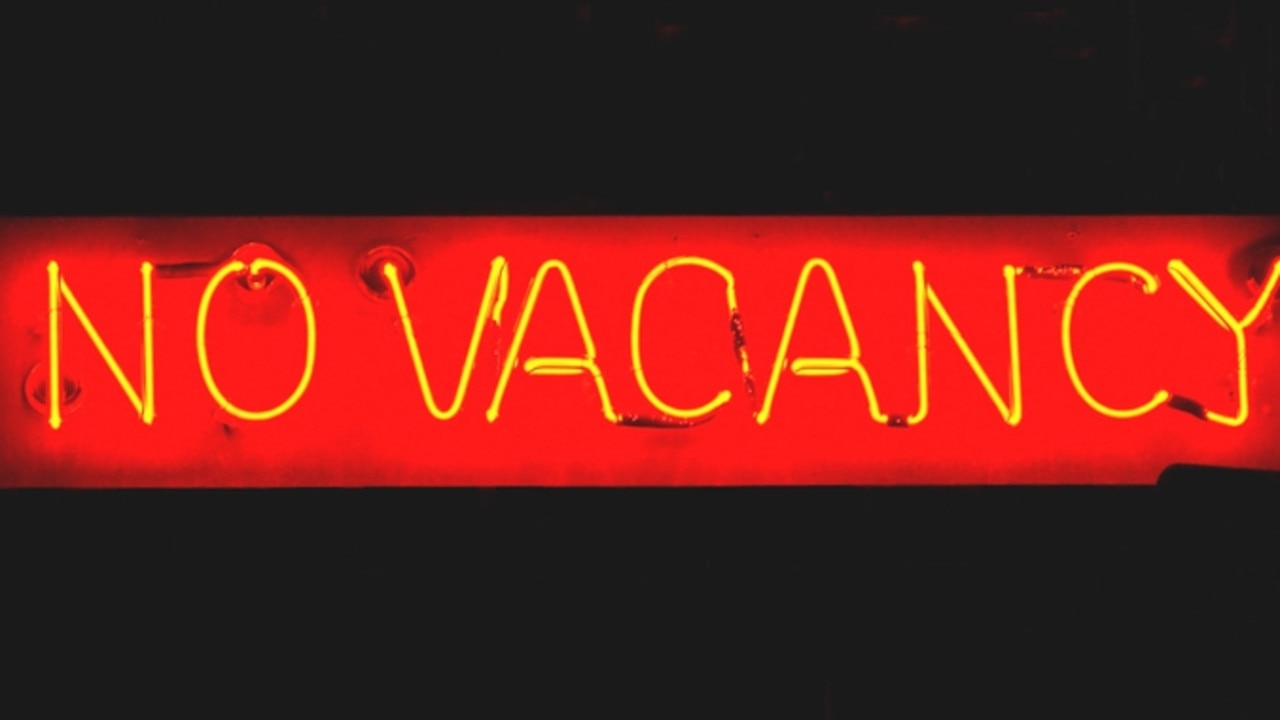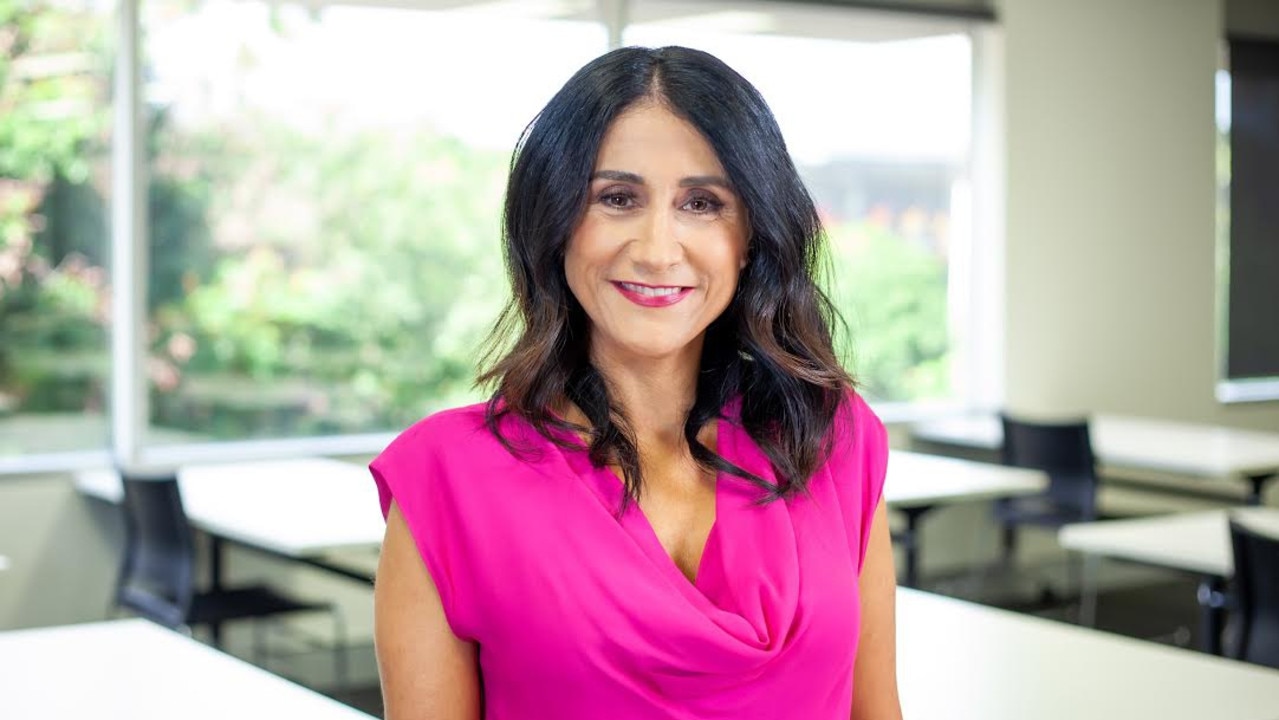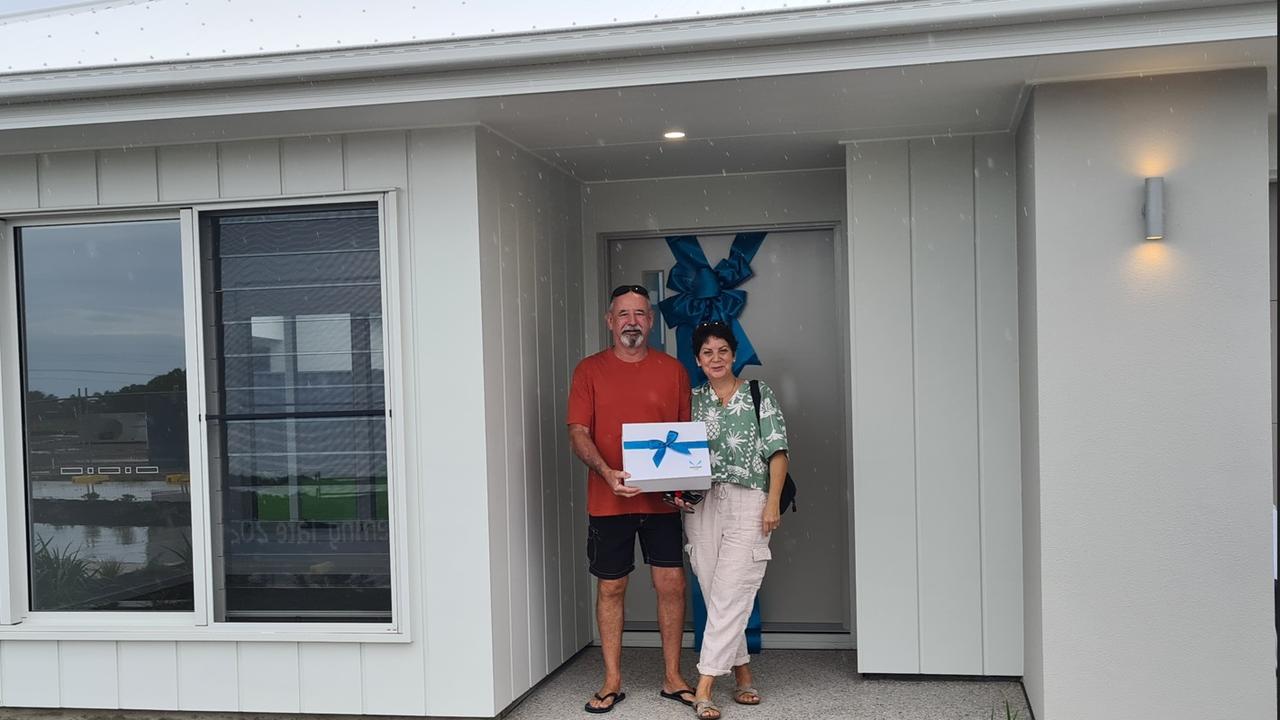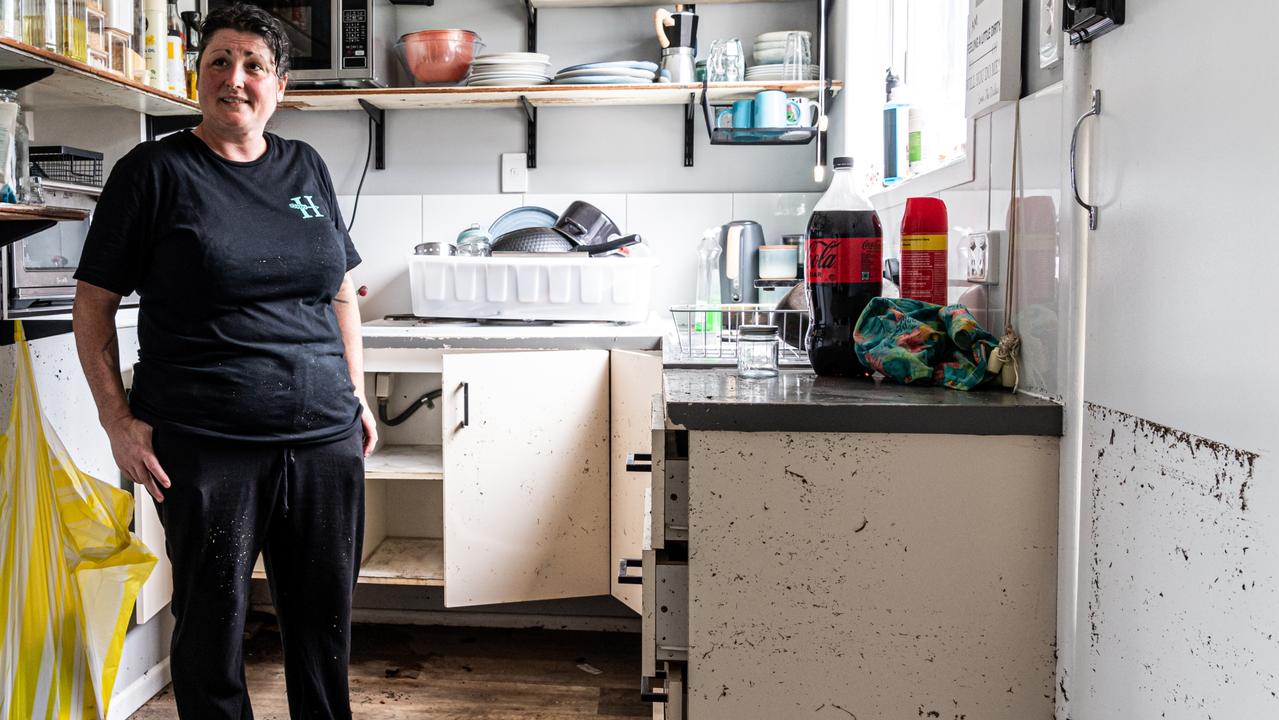The rental crisis facing QLD when borders open
Regional Queensland’s vacancy rate worsened over the September quarter, fuelling warnings that the rental crisis could end in ‘migrant accommodation camps’ when borders reopened.

Property
Don't miss out on the headlines from Property. Followed categories will be added to My News.
Queensland’s record low vacancy rates “appear to be stabilising”, but finding a rental in the regions has become even tougher amid warnings the situation could spiral further when borders reopened.
But the Real Estate Institute of Queensland’s (REIQ) September 2021 Residential Vacancy Report revealed vacancy rates fell even further in 20 of the 50 local government areas and remained the same in a further 17 regions.
Slight improvements were only seen in 13 council regions, the report revealed.
MORE NEWS: The Qld suburbs where buyers are desperate for sellers to list
The QLD suburbs where buyers can still party like its 2011
Rental squeeze: Brisbane rents rising faster than all other capitals

Regional areas recorded the tightest vacancies, including Maryborough (0.1%), Tablelands (0.2%), Southern Downs (0.2%), Gympie (0.2%) and South Burnett (0.3%).
Finding a rental also became even harder in Toowoomba, down from 0.6 per cent to 0.5 per cent, while Cairns and Townsville both saw their vacancy rates fall from 0.7 per cent to 0.6 per cent and Mackay vacancy rates dropped from 0.8 per cent to 0.7 per cent.
Vacancy rates remained flat in Greater Brisbane at 1 per cent, and improved slightly on the Gold Coast and Sunshine Coast, rising from 0.6 per cent to 0.7 per cent.
REIQ CEO Antonia Mercorella said declines in vacancy rates may have stabilised overall, but owner-occupiers were still active in the market and buying up residential property.

“This puts owner-occupiers in competition with potential investors in the property market,” Ms Mercorella said.
“In addition, some investors are taking advantage of high capital growth and making a decision to sell their existing properties, which is exacerbating the limited supply of rentals.”

However, Ms Mercorella said the latest ABS data indicated investors were increasingly active in the market.
“According to the ABS, new loan commitments for investor housing in Queensland reached $1.86 billion in August, the highest monthly figure since July 2007,” she said.
“More investors in the market should increase the number of properties in the rental pool and begin driving up vacancy rates, relieving stress on renters.”
But Property Investment Professionals of Australia (PIPA) chairman Peter Koulizos warned the number of active investors remained below long-term averages, likely adding to the pressure on available rental properties.
“The volume of investors has been trending up over the past few months, but the fact
that they were generally stuck on the sidelines for a number of years means there is
a significant rental property deficit in most parts of the nation,” Mr Koulizos said.
He said the tenant demand versus rental property supply imbalance had been worsening even since the “overzealous” lending restrictions targeting investors came into effect in 2017.
“When the next wave of overseas migrants’ lands here in coming years, where are they going to live?” he said.
“Migrant accommodation camps like the 1950s? Something needs to be done – and it needs to be done now.”

Ms Mercorella called on state and local governments to work together in releasing more land for the development of housing, saying that migration from interstate, the return of foreign expats and the popularity of Queensland’s regions had put pressure on residential vacancy rates.
“This year’s State Government estimates hearings were informed that, while parts of Queensland have an abundance of new approved housing lots available for development, our bigger centres are falling behind,” she said.
“By way of example, Brisbane only has 2.9 years’ worth of approved housing lot supply while the Sunshine Coast and Gold Coast each only have 1.9 years’ worth.
“We need to ensure an adequate supply of land is released for housing, particularly with an expected influx of migrants after borders reopen and to help boost the number of homes available for both renters and owner occupiers.”
Originally published as The rental crisis facing QLD when borders open






